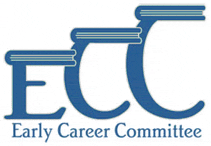Okay, so summer may have officially ended this past weekend, and I already kissed my Summer Fridays goodbye for yet another year. But I won’t be able to say farewell to the season until I rave about this hilarious debut picture book from printmaker Greg Pizzoli. The Watermelon Seed tells the seemingly straightforward account of a young crocodile who accidentally swallows a seed while devouring his favorite snack: watermelon. Being the curious and imaginative young tike he is—like much of the book’s intended audience—the croc immediately begins to worry about what’s going to happen to him. In the end, his fears are alleviated by an unexpected solution which most young readers will be all too familiar with.
Parents who have grown accustomed to chants of “More! More!” from their young ones will love Pizzoli’s story which deliciously tackles the notion of “too much of a good thing.” The Watermelon Seed also wonderfully captures how unbound a child’s imagination can be. Kids learn that seeds turn into flowers and trees, so it’s only natural for them to speculate about seeds growing other places—like their stomach. Pizzoli’s croc imagination runs wild with the idea, even wondering if he’ll wind up in a fruit salad!
Featuring a wide-eyed and all-too-lovable crocodile, a limited color palette of green, pink and black, and a punchy design, The Watermelon Seed is also a feast for the eyes which children are bound to love. This deceptively simple story of a crocodile and his favorite snack is a modern classic and I look forward to seeing more of the little green guy.







